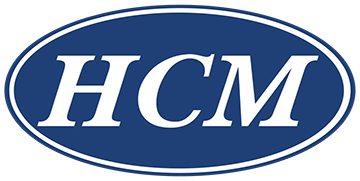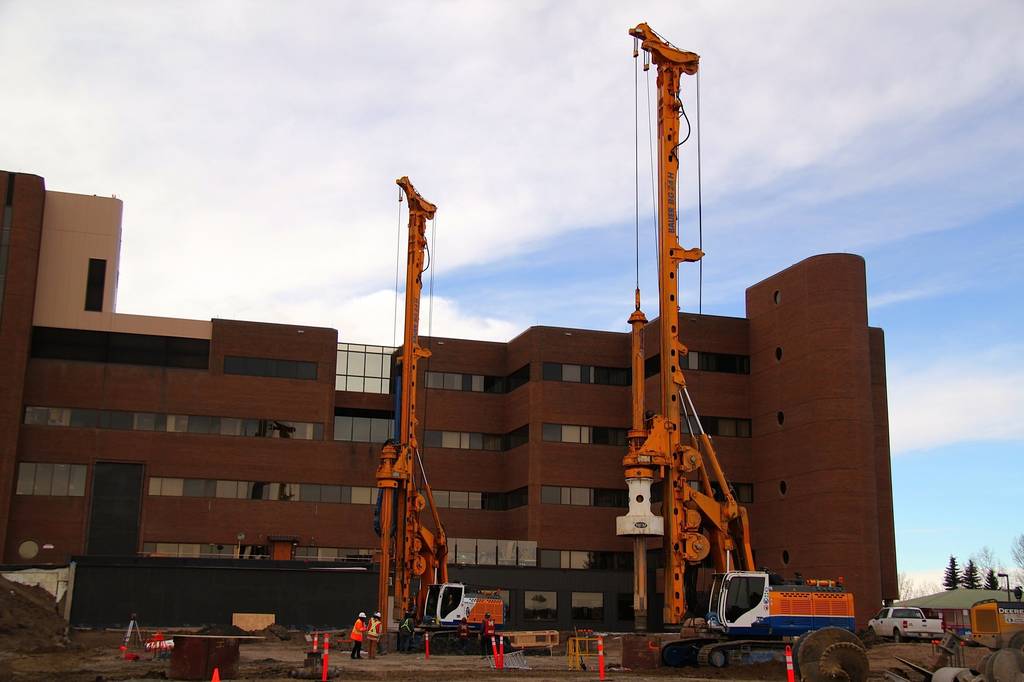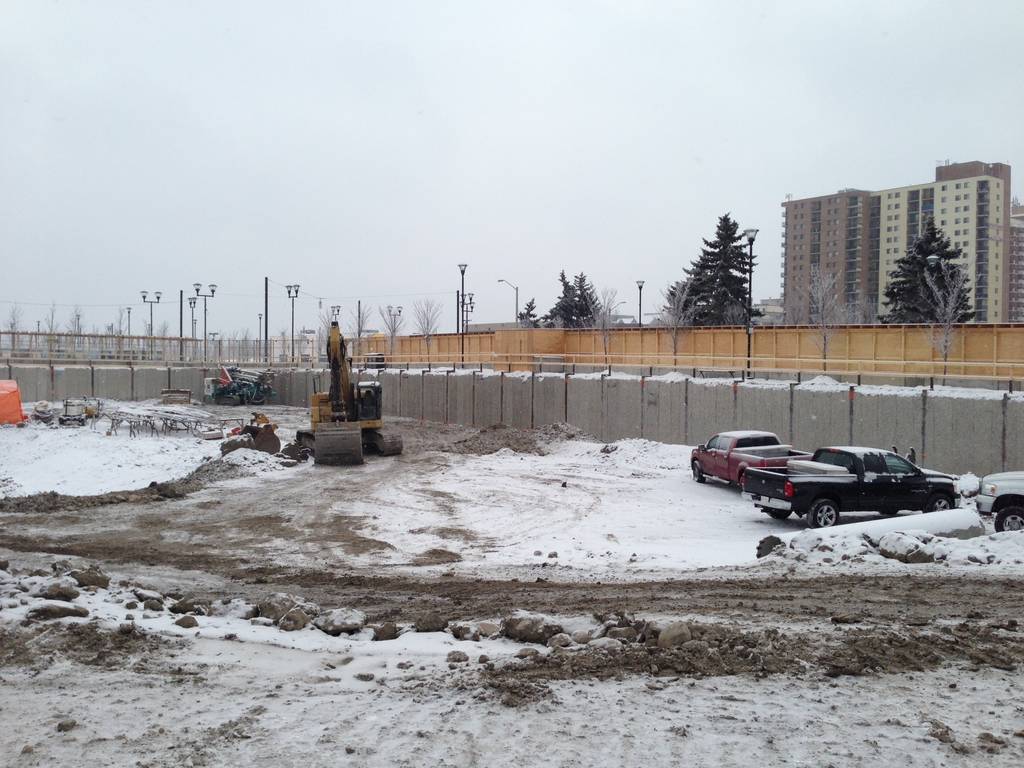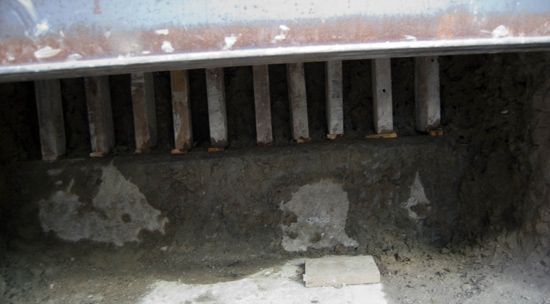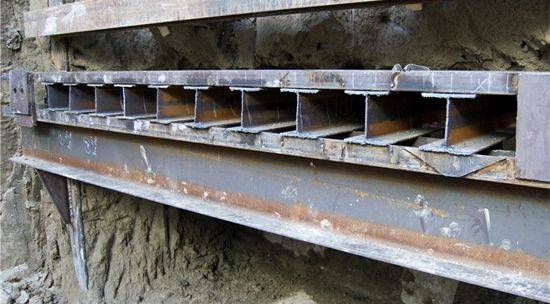Mount Royal University Conservatory
Design considerations for the foundations were similar to previous projects in the area, with installation of approx. 220 cast-in-place belled piles. The project design team for structural & geotechnical engineering consisted of local firms of Read Jones Christoffersen Ltd. & Thurber Engineering Ltd. The need for the new addition to a campus was a result of fast growing student population at the Mount Royal University and demands for specialty studies.
The soil conditions at mentioned site consisted predominantly of clay till which is ideal for large capacity belled piles. The shafts for the piles were in the range of:
- 900mm
- 1000mm
- 1200mm
- 1370mm in diameter.
The bells were sized at:
- 2000mm
- 2400mm
- 2800mm
- 3400mm
- 3600mm in diameter
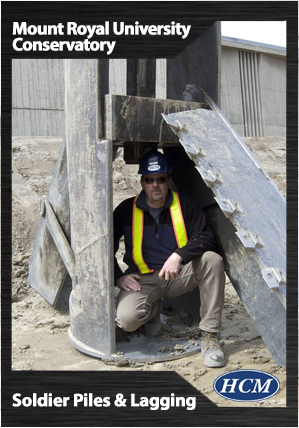
The average basing depth on this project was approx. 12.0m – 15.0m with an occasional need to protect the upper portion of the pile shafts by using temporary steel caising in order to prevent ingress of water into the pile shafts. The average concrete volumes for single piles were approx. 20 – 24 cu. metres. Among the challenges for HCM was installation of piles in close proximity to concrete and steel underground utilities which were present on site as a result of previously demolished structure. In many cases this required coring and managing voids in the shafts after removal of these obstructions. Also, numerous piles were belled in soils with occurrence of large boulders which required special considerations for handling of equipment, customized tooling requirements and operating skills.
HCM finished foundation piling scope of work ahead of planned schedule.
Client: Cana Management
Location: Calgary, Alberta
